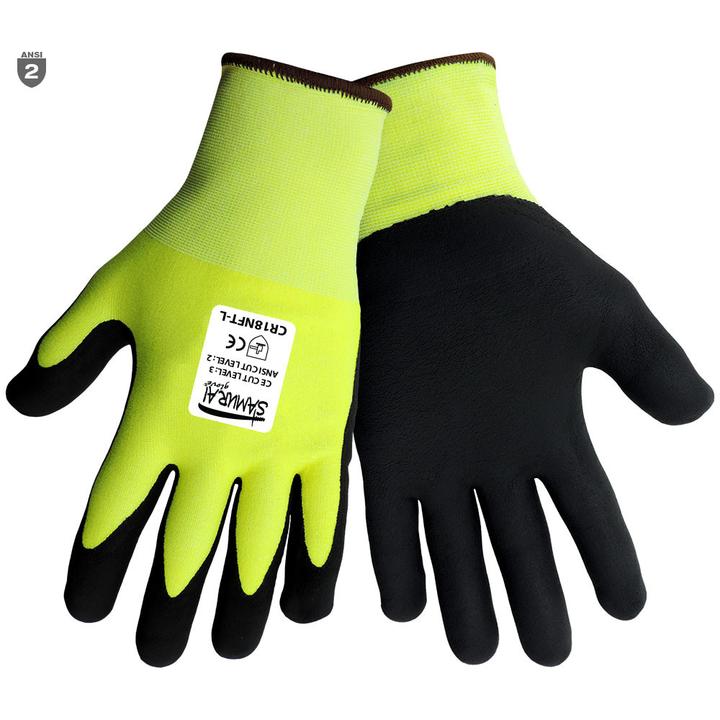Just like any fan group, people who are in the glove industry, speak from their own language of glove terms. As you navigate purchasing gloves for yourself or your employees, we’ve rounded up a helpful list of the most common glove related terms, so you know what’s going on.
Abrasion: This term refers to the palm of the glove wearing out. You’ll notice some gloves have a higher abrasion resistance, which means that it takes longer for that glove to wear through.
ANSI: This term is actually an abbreviation for American National Standards Institute. You’ll see many work gloves with an ANSI rating, which denotes the level of cut and abrasion resistance for that particular glove. The higher the rating, the greater the protection.
Cut Proof: This is a trick term! If you ever see a glove labeled cut proof, know this is impossible. No glove is actually cut proof.
Cut Resistance: While no glove is cut proof, there are gloves that are cut resistant. This goes back to the ANSI rating of the glove. If a glove is cut resistant, it can protect you from any range of hazards from abrasions to punctures.
Foam Nitrile: You’ll find this term describing many different types of work gloves. It is a material created when nitrile has been whipped in its liquid form. It is used as a glove coating, which absorbs excess moisture and offers excellent grip.
Gauge: This term is used a lot in the glove world. It refers to the thickness of the yarn used in the construction of a knitted glove. The gauge of a glove is determined by counting the number of threads in a one-inch space of the glove.
Nitrile: Nitrile is an extremely common material used as an alternative to latex. It is a synthetic rubber that doesn’t have allergy risks, and it is also inherently chemical resistant and has great resistance to abrasion and punctures.




